COLUMBUS, Ohio, U.S.: One of the more accurate ways to understand the evolution of human history is by examining fossilized teeth. In a new archeological finding, researchers have discovered a relative of modern humans that lived at least 104,000 years ago in northern China and found that it displays evidence of dental growth and development very similar to that of people today.
The hominin fossil is that of a 6.5-year-old who lived between 104,000 and 248,000 years ago and was found at the Xujiayao site in northern China. The team of researchers from the Chinese Academy of Sciences in Beijing and Ohio State University were the first to perform a systematic assessment of dental growth and development in an East Asian archaic hominin fossil.
Speaking about the findings, co-author of the study Dr. Debbie Guatelli-Steinberg, Professor of Anthropology at the Ohio State University, said they were surprised to find that, in most ways, the child’s dental development was very similar to what you would see in children today. “The Xujiayao juvenile is the oldest fossil found in East Asia that has dental development comparable to modern humans,” she explained.
Among other techniques, the researchers used synchrotron X-ray imaging to view the internal structure of the teeth, including growth lines that reveal the rate of tooth development. This ability to see so far back into the past is what Guatelli-Steinberg believes provides some of the best data anthropologists have regarding the growth and development of modern humans’ ancient ancestors. In addition to other findings, the team learned that the juvenile’s first molar had erupted a few months before death and had started to wear, with the root about three-quarters complete.
According to the researchers, the study’s finding of modern dental development is all the more interesting in light of the many nonmodern elements of the fossil features, such as the shape and thickness of the skull, the large size of the teeth and the quick rate at which the roots grew. “We don’t know exactly where this enigmatic East Asian hominin fits in human evolution,” said lead author Dr. Song Xing of the Chinese Academy of Sciences.
Despite the interesting similarities, Guatelli-Steinberg cautioned against making too many predictions, noting “It would be interesting to see if dental development in later childhood, such as the growth and development of third molars, was also similar to modern humans.”
The study, titled “First systematic assessment of dental growth and development in an archaic hominin (genus, Homo) from East Asia,” was published in the January 2019 issue of Science Advances.
Tags:
PORTSMOUTH, UK: According to new research from the University of Portsmouth in England, fossils from the oldest mammals belonging to the line that led to ...
LEIPZIG, Germany: In the third financial quarter of this year, hints of improvement in the US dental market were welcomed by the world’s largest dental ...
TÜBINGEN, Germany: For the general public, the debate as to where humankind originated might not seem like a current topic. However, the highly ...
The industry is eagerly anticipating the innovations at this year’s International Dental Show (IDS). As a professional association at the intersection of ...
HONG KONG: Godfrey Ngai, co-founder and CEO of dental prosthesis provider Modern Dental Group (MDL), was granted an Honorary University Fellowship by the ...
KARLSHAMN, Sweden: Today marks ten years since the death of Prof. Per-Ingvar Brånemark, the Swedish physician and anatomist whose serendipitous discovery ...
SHANGHAI, China: As the dental industry moves away from amalgam, GC is presenting its latest restorative solutions at the 2025 FDI World Dental Congress ...
UPPSALA, Sweden: Kangaroos are icons of Australia’s unique living fauna whose earliest ancestry has yet to be discovered. However, using archaeological ...
EuroPerio11, organised by the European Federation of Periodontology (EFP), is the world’s leading congress in periodontology and implant dentistry. Held ...
Just recently, Oral‑B senior scientist Dr Maria Wegemann presented the new Oral‑B iO2 toothbrush to media representatives at the launch event in ...
Live webinar
Tue. 9 December 2025
12:30 pm EST (New York)
Live webinar
Tue. 9 December 2025
7:00 pm EST (New York)
Prof. Dr. Wael Att, Dr. Robert A. Levine DDS, FCPP, FISPPS, AOD
Live webinar
Wed. 10 December 2025
10:00 am EST (New York)
Live webinar
Wed. 10 December 2025
12:00 pm EST (New York)
Live webinar
Wed. 10 December 2025
1:00 pm EST (New York)
Live webinar
Wed. 10 December 2025
1:00 pm EST (New York)
Live webinar
Thu. 11 December 2025
3:00 pm EST (New York)



 Austria / Österreich
Austria / Österreich
 Bosnia and Herzegovina / Босна и Херцеговина
Bosnia and Herzegovina / Босна и Херцеговина
 Bulgaria / България
Bulgaria / България
 Croatia / Hrvatska
Croatia / Hrvatska
 Czech Republic & Slovakia / Česká republika & Slovensko
Czech Republic & Slovakia / Česká republika & Slovensko
 France / France
France / France
 Germany / Deutschland
Germany / Deutschland
 Greece / ΕΛΛΑΔΑ
Greece / ΕΛΛΑΔΑ
 Hungary / Hungary
Hungary / Hungary
 Italy / Italia
Italy / Italia
 Netherlands / Nederland
Netherlands / Nederland
 Nordic / Nordic
Nordic / Nordic
 Poland / Polska
Poland / Polska
 Portugal / Portugal
Portugal / Portugal
 Romania & Moldova / România & Moldova
Romania & Moldova / România & Moldova
 Slovenia / Slovenija
Slovenia / Slovenija
 Serbia & Montenegro / Србија и Црна Гора
Serbia & Montenegro / Србија и Црна Гора
 Spain / España
Spain / España
 Switzerland / Schweiz
Switzerland / Schweiz
 Turkey / Türkiye
Turkey / Türkiye
 UK & Ireland / UK & Ireland
UK & Ireland / UK & Ireland
 Brazil / Brasil
Brazil / Brasil
 Canada / Canada
Canada / Canada
 Latin America / Latinoamérica
Latin America / Latinoamérica
 USA / USA
USA / USA
 China / 中国
China / 中国
 India / भारत गणराज्य
India / भारत गणराज्य
 Pakistan / Pākistān
Pakistan / Pākistān
 Vietnam / Việt Nam
Vietnam / Việt Nam
 ASEAN / ASEAN
ASEAN / ASEAN
 Israel / מְדִינַת יִשְׂרָאֵל
Israel / מְדִינַת יִשְׂרָאֵל
 Algeria, Morocco & Tunisia / الجزائر والمغرب وتونس
Algeria, Morocco & Tunisia / الجزائر والمغرب وتونس
 Middle East / Middle East
Middle East / Middle East


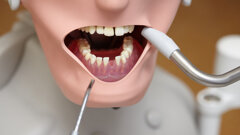



















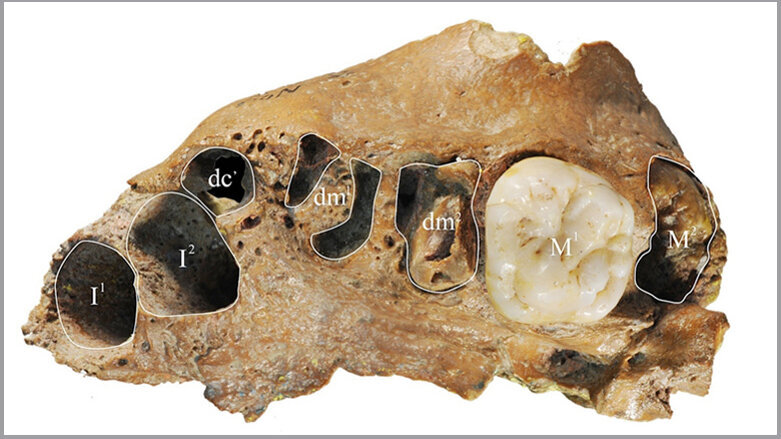



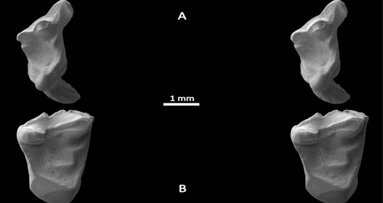

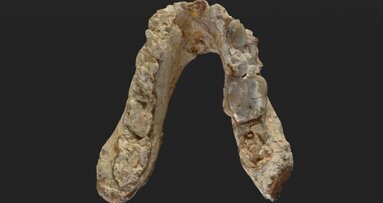

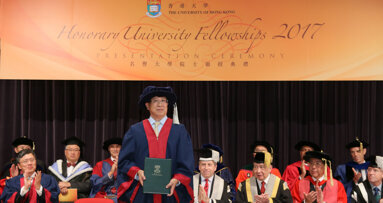


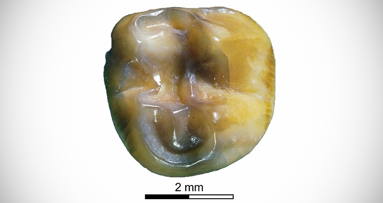













To post a reply please login or register